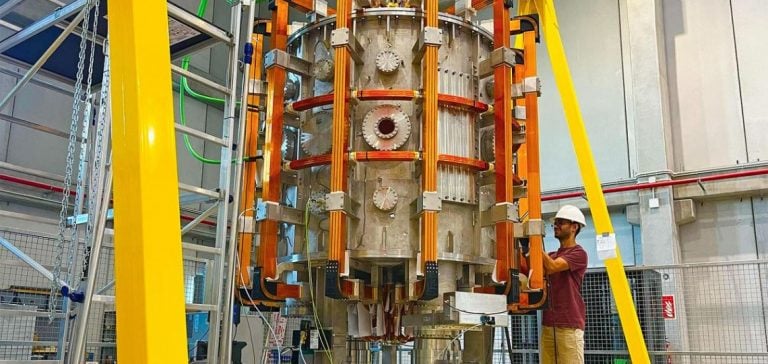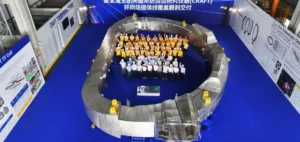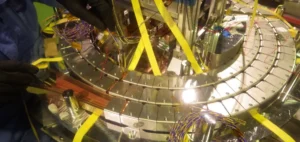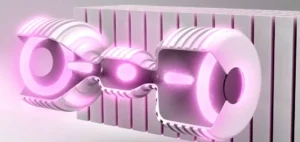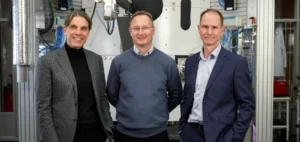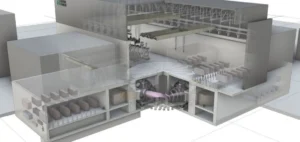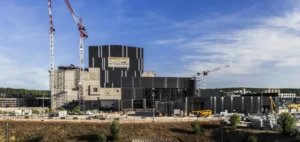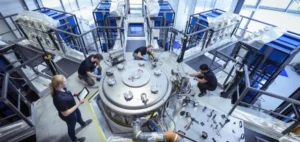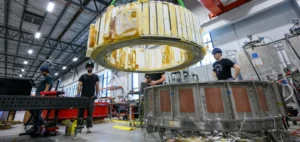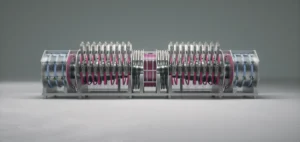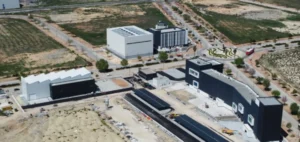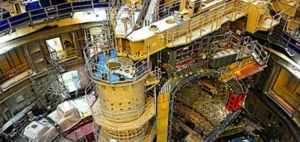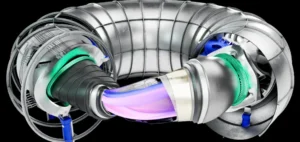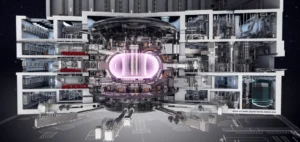The race to harness fusion energy, often referred to as the “ultimate energy source,” is progressing on several fronts. In Spain, the University of Seville is collaborating with the Princeton Plasma Physics Laboratory (PPPL) in the United States to develop a new fusion reactor, the SMART (Small Aspect Ratio Tokamak). This pioneering project aims to explore the advantages of “negative triangularity” in spherical tokamaks, a promising approach for plasma confinement.
The SMART tokamak is designed to be both affordable for a university and capable of making a significant contribution to the field of nuclear fusion. Manuel Garcia-Munoz, a professor at the University of Seville and co-director of the project, explains that the goal is to use proven technologies but apply them in an innovative way. SMART will be the first spherical tokamak to thoroughly study the potential of negative triangularity.
The role of negative triangularity
Triangularity refers to the shape of the plasma in a tokamak. Typically, the plasma cross-section is shaped like a “D.” When the straight part of the “D” is facing the center of the reactor, it is referred to as positive triangularity. Conversely, when the curved part is facing the center, it is called negative triangularity. This configuration could enhance performance by reducing instabilities that expel particles and energy from the plasma.
The SMART project explores this configuration in a spherical tokamak, a type of fusion reactor that researchers believe should provide better plasma confinement. The Princeton Plasma Physics Laboratory brings its expertise in magnetism and sensor systems, while also collaborating on the design of diagnostics to analyze plasma behavior in SMART.
Technical advances and preliminary tests
An initial experiment in the tokamak demonstrated the characteristic pink glow of argon heated by microwaves, a preparatory step for accommodating a denser and higher-pressure plasma. The first plasma is expected to be produced by the end of the year, marking a major milestone in the completion of SMART.
Progress in New Zealand
Meanwhile, in New Zealand, the startup OpenStar Technologies has achieved a significant breakthrough in the development of its fusion reactor prototype. The company successfully powered its central component, a doughnut-shaped magnet called “Junior,” using a patented flux pump technology.
Junior, a floating superconducting dipole, is suspended in a vacuum chamber, allowing it to stably confine plasma. This technology aims to replicate the process of nuclear fusion on Earth by maintaining plasma at temperatures exceeding 100 million degrees Celsius, required to initiate the fusion reaction.
According to Rod Badcock of the Robinson Research Institute, this achievement proves the viability of OpenStar Technologies’ innovative approach, which is based on a simplified and efficient magnetic system. This development represents a key step forward in the pursuit of fusion as a sustainable energy source.


